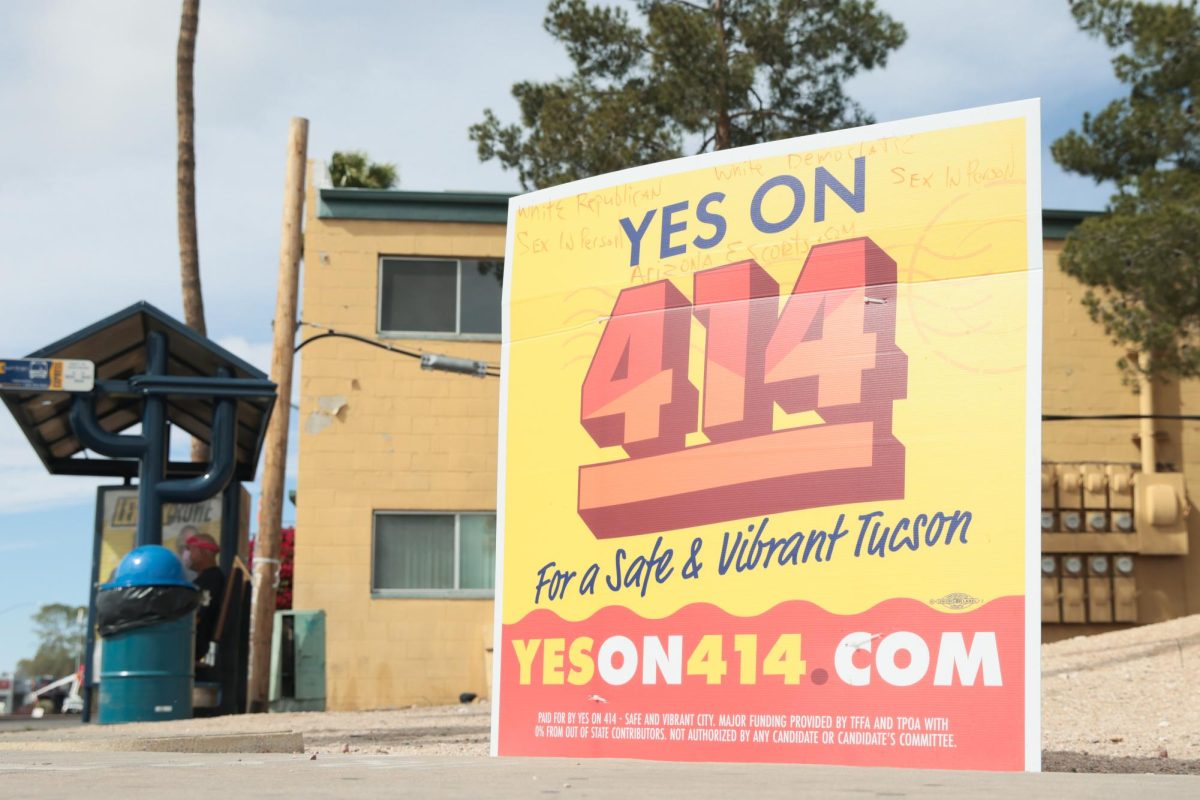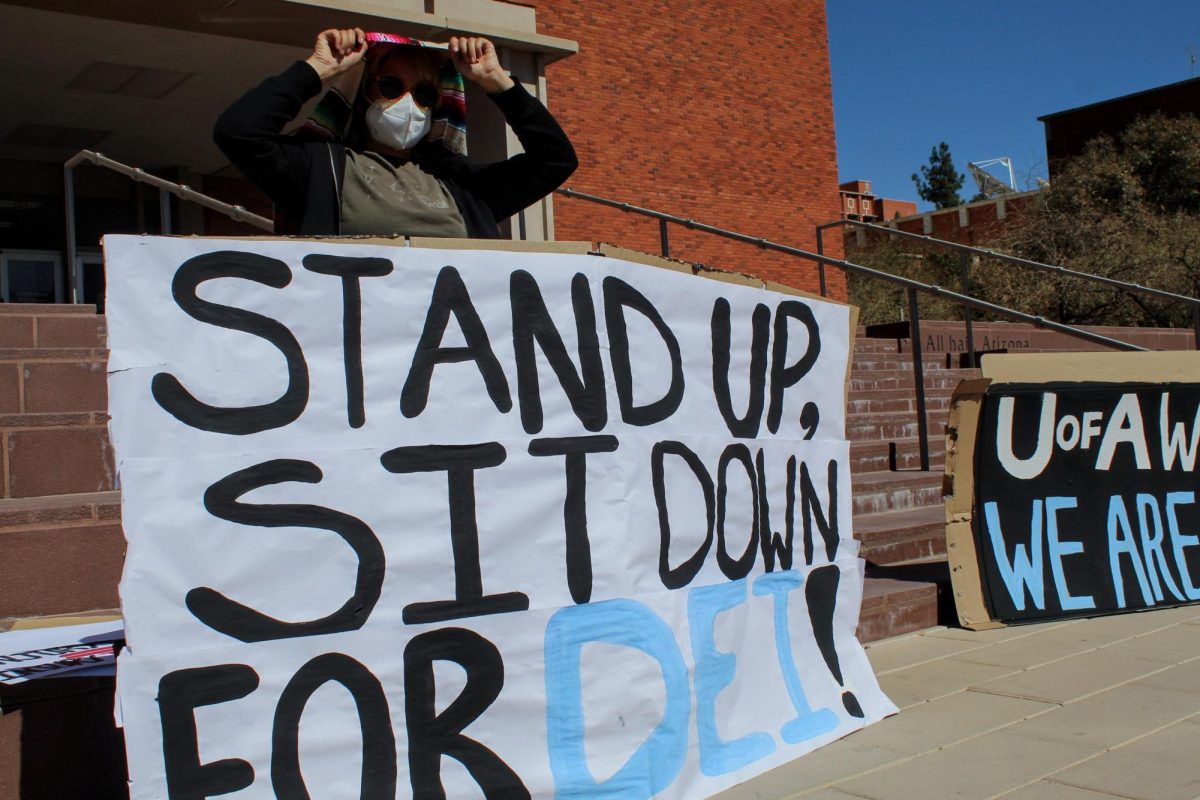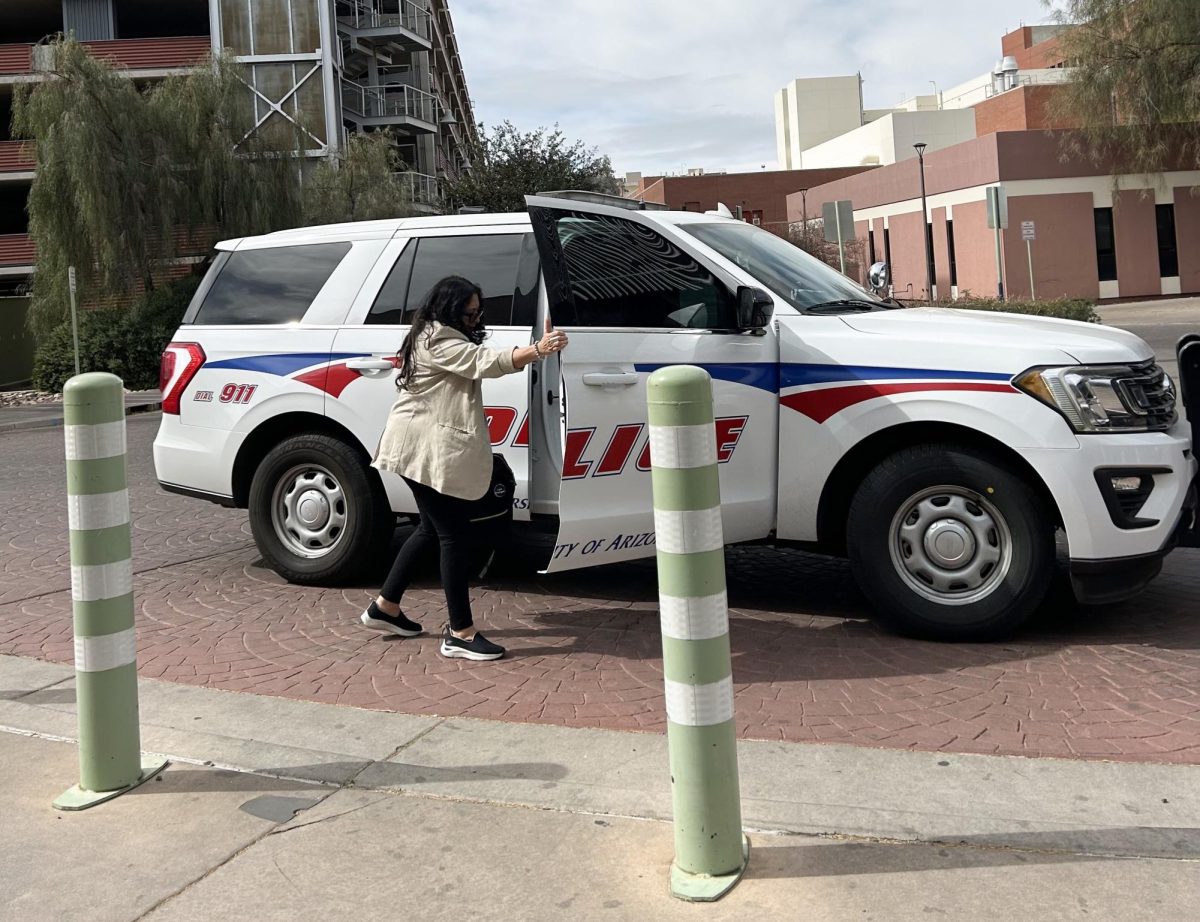An anonymous email sent last week containing threats of violence against the UA was deemed to be a hoax.
The University of Arizona Police Department received a report of the email and was quickly able to determine there was no real threat involved, said Sgt. Filbert Barrera, UAPD public information officer, but detectives are working to identify the origin of the email. Barrera said the email looked more like somebody was playing a prank.
University Information Technology Services’ IT support center received the email and immediately turned it over to UAPD, which then began the investigation, said Barry Brummund, deputy public information officer for UITS. He said this was his first experience with a threat of this sort in his 20 years of working at a university.
Brummund said that while it is relatively easy to send an anonymous email, when it comes to the actual content of the email there is a networking system that can’t be tricked. The objective is to follow the steps in the path backward until the origin of the email is determined.
There are several measures in place to keep students aware and informed in cases like this, Brummund said. UITS contracted with a company a few years ago to allow it to send mass emails to 30,000 or 40,000 people at once, to alert students of any emergency situations. A mass text-messaging system is also in place to accomplish the same goal.
UITS has also begun installing emergency screens in large lecture classrooms on campus that allow UAPD to broadcast messages immediately, Brummund said.
The term “swatting” would be an accurate description for this situation, according to Barrera. He described “swatting” as a national trend of committing or reporting an offense while pretending to be someone else, which triggers a massive police response against the person they’re pretending to be.
“Unfortunately, when these type of things happen, law enforcement itself provides a lot of reaction in response because we don’t want to say too quickly that [swatting] is actually happening,” Barrera said. “We don’t want to under-respond.”
This case was different, Barrerra said, because UAPD was able to follow up with the individual who supposedly sent the email and quickly determine there was no real threat involved.
Bianca Taylor, a psychology junior, said she found out about the email threat when one of her friends posted an article about it online. She said her first reaction when she read it was slight panic, but that she was glad UAPD did not send out an alert to students about the email.
“It’s not really necessary because you don’t want to cause a panic if there’s not a real threat,” Taylor said.
Taylor added she had experienced something like this last year, when students received an alert about a man with a gun in the Administration building. She said she knew that was a more serious threat because UAPD sent out an alert to students, while in this case most students were not affected.
-Follow news reporter Jordan Fowler on Twitter @JordanFowler7









